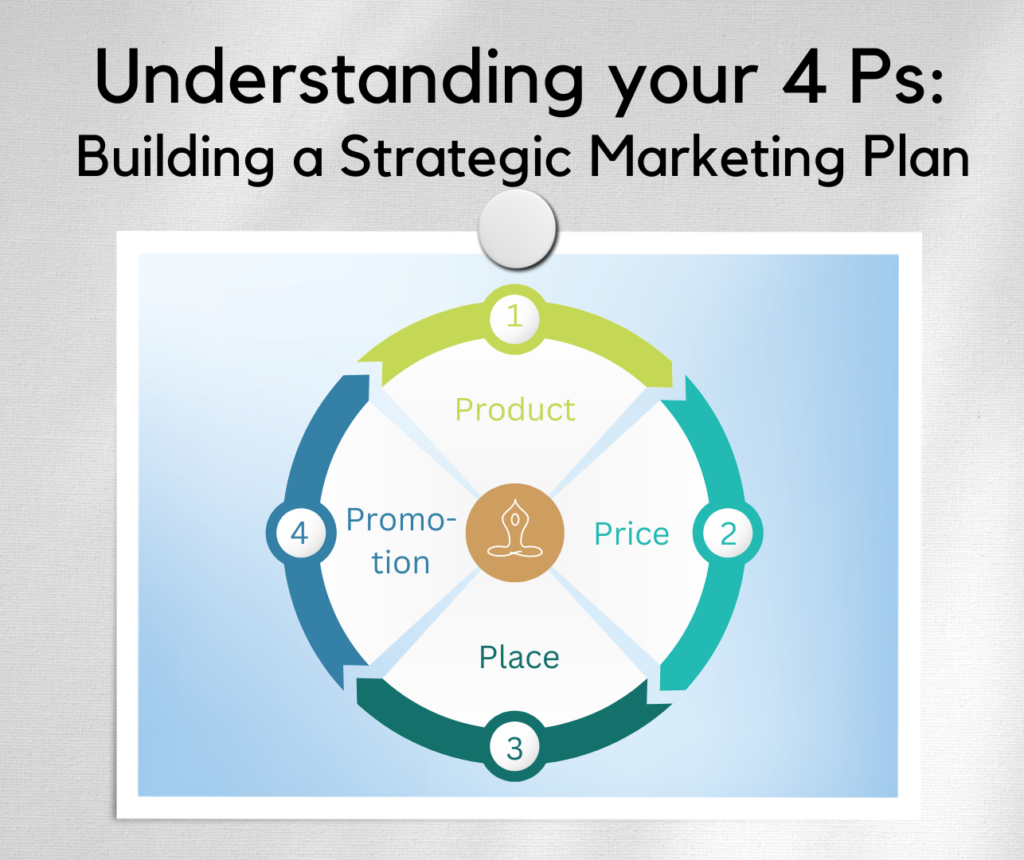How to make it easier for potential yoga students to sign up for your services

A few years ago, I received an email from an avid blog reader who was considering a private yoga session with me. She was struggling with back pain and was hoping to find relief. We had initial trust established since she had been reading my articles and experimenting with my video practices for years. But her financial resources were scarce, so she wanted answers to some questions before she committed to a private session. She wanted to know:
- Did I have specific real-life experience with correcting lumbar lordosis?
- How much work would it take to see results?
- Would she get evidence that things are working so that she is not heading down the wrong path?
- How much time would she need to commit every week and for how long?
- Would one session be enough to make any difference?
- Could she get a personalized yoga practice after just one session?
- Would it be possible for us to find convenient time for a session considering the fact that she lives abroad with 13-hour time difference?
Initially I was taken aback by the sheer number of questions, but then I realized that this was a perfect reflection of what every potential student goes through before they decide to purchase a private yoga session. After they browse through your website and determine that you deserve trust and they are interested in your services, your potential students still have various doubts swirling in their heads. They wonder:
- Does she have experience working with my kind of problem?
- Would this make any difference?
- How much of a financial commitment am I in for?
- How much time will I have to spend doing this?
- Am I expected to do stuff on my own? Will I know what to do?
- Why should I pay five times more for a private yoga session if I can just do a class with her, or better yet, a free class on YouTube?
- What is a private yoga session anyway?
Those are all valid questions. Donald Miller, in his book Building a StoryBrand, writes: “When a customer is deciding whether to buy something, we should picture them standing on the edge of a rushing creek. It’s true they want what’s on the other side, but as they stand there, they hear a waterfall downstream. What happens if they fall into the creek? What would life look like if they went over those falls? These are the kind of questions our customers subconsciously ponder as they hover their little arrow over the “Buy Now” button. What if it doesn’t work? What if I am a fool for buying this?”
Our job is to ease their fears and place large stepping stones over that creek. We need to take them by the hand and help them cross to the other side. We do that by giving them a simple plan to follow. That plan will usually include a clear description of what they can expect from the service, an obvious way to sign up for it, assurance of limited commitment and an after-purchase service.
Here is what this plan would look like if you were trying to find more private yoga students.
1. Offer a clear description of what they can expect
Most people still have no idea what private yoga sessions are and why they are valuable. The best way to educate them is to give them a clear picture of what those sessions look like and how they are different from yoga classes. It is most effective to do it in a visual form as a video or a diagram. Here is an example of the video that I made explaining my process of working with students one-on-one. Yours doesn’t have to be so elaborate, it can be just a video of you talking about it with some images interspersed throughout.
Content like that will answer many of your potential student’s questions and will set their minds at ease about what to expect.
2. Feature an obvious way to sign up
The sign-up process for your services should be clear both to you and your future students. What should they do if they are interested in your private yoga sessions? You need to have an obvious call to action: Schedule an appointment, Buy now, Call for a free 30-minute consultation, etc. The choice of the call to action will depend on your own preferences, but whichever option you choose, make sure that it’s very easy to do: Schedule your appointment button should lead to an online scheduling system; Buy now button should lead to a secure page with several payment options; Call for a free consultation link should be accompanied by the phone number and best times to call, and so on.
3. Offer assurance of limited commitment
One of the hesitations many students experience when they consider purchasing private yoga sessions, is the fear of long-term commitment. They worry that if they invest once, they will have to continue paying for your services forever. You can put their minds at ease by explaining simply what they can expect from a single private session (an evaluation and a home yoga practice), from a package of four sessions (a developed program that is fine-tuned to their needs and more confidence in their own yoga-practicing skills), from a package of 10 sessions, and so on. That way your potential students won’t expect too much or too little from your services. Some students will choose to work with you on an ongoing basis, but this is the choice they will make AFTER they try your services and determine their value for themselves.
4. Include reassurance for after-purchase service
Your students want to be sure that they won’t be abandoned after they make the purchase. You need to demonstrate to them that they will be able to reach you if they need to, that you will be there to answer their questions and help them feel more comfortable with doing yoga on their own.
Having a simple plan to follow will reassure your potential students, address their fears and will make it easier for them to make that purchasing decision. However, even if you explain everything perfectly and give your site visitors the best plan possible, there is still no guarantee that they will take the plunge. That’s OK. One other thing they need is motivation.

The four Ps form the foundation of any marketing strategy. The four Ps encompass a range of factors that are considered when marketing your services, including what your ideal students need, how the service that you offer meets or fails to meet those needs, how your service is perceived by your potential students, and how it is different from everything else out there.
This blog is a part of a series.
Read Part 1: The secret formula that will grow your yoga business >
Read Part 2: Who are your yoga students and what problems do they face?
Read Part 3: Two main qualities that define a good teacher and attract new students
References
1. Building a StoryBrand: Clarify Your Message So Customers Will Listen by Donald Miller







Great info Olga, and i always try to put myself in the students shoes. I was a freelance graphic artist for many years before my body started to fall apart. I bring a lot of my business philosophy from that into my yoga business, and offering a 30 minute free consultation is crucial. People get to see if you are a good fit for them, and vice versa. The latter is also important, i stepped away from about three clients when i was a GA because of fit, and my own gut intuition!
I love the idea of including this information in a video – most websites include too much text AND it gives potential clients an introduction to you and your personality, on top of all the valuable information. I will be doing this myself! Thanks for the tips!